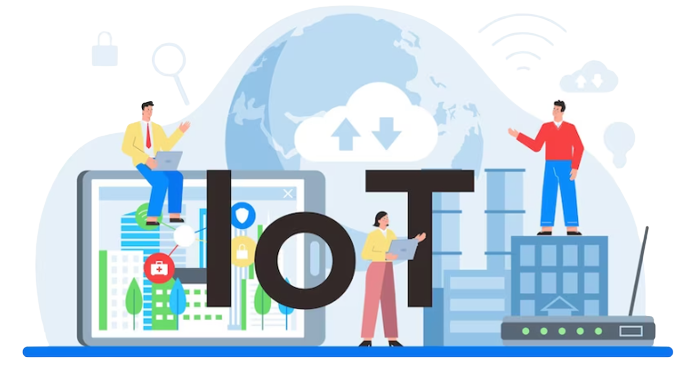Edge computing is poised to have a significant impact on the IoT, providing new opportunities for businesses to process and analyze data closer to where it’s collected. As more businesses adopt edge computing solutions, we can expect to see continued innovation and development in this area, leading to even greater opportunities for businesses and consumers alike.
Edge The concept of the Internet of Things (IoT) has taken the tech world by storm. The idea of interconnected devices communicating with each other has paved the way for new advancements in various industries. However, the IoT’s full potential is still limited by the latency and bandwidth constraints of cloud computing. Edge computing has emerged as a solution to this problem, opening up new opportunities and challenges for the IoT.
What is Edge Computing?
Edge computing is a distributed computing model that brings data processing and storage closer to the devices that produce it. Instead of sending data to a centralized cloud server, It processes data on local servers or devices, allowing for faster processing and more efficient use of network bandwidth.

The Impact of Edge Computing on IoT
The adoption of edge computing has significant implications for the IoT. Some of the key impacts are:
-
Reduced Latency
It reduces the latency between the device and the cloud, enabling real-time data processing and analysis. This is particularly important in applications that require immediate action, such as autonomous vehicles or industrial automation.
-
Increased Bandwidth Efficiency
By processing data locally, It reduces the amount of data that needs to send to the cloud, saving on network bandwidth and reducing costs.
-
Improved Security
It can provide greater security for IoT devices by enabling data processing and storage closer to the device, reducing the risk of data breaches.
Opportunities of Edge Computing for IoT
The adoption of edge computing offers numerous opportunities for IoT devices. Some of these opportunities are:
-
Improved Performance
It enables real-time data processing and analysis, resulting in improved performance and faster response times.
-
Cost Savings
Edge computing can help reduce costs associated with data storage and network bandwidth, as fewer data need to transmit to the cloud.
-
New Business Models
It enables the creation of new business models that can provide value to customers. For example, companies can offer IoT solutions that provide real-time analytics and insights.
Challenges of Edge Computing for IoT
While the adoption of edge computing has significant benefits, several challenges need to address. Some of the key challenges are:
-
Complexity
Complexity is the main challenge of edge computing systems. With multiple devices and systems at the edge, managing and maintaining these systems can be a daunting task. Businesses must ensure that they have the necessary resources and expertise to manage and maintain their computing systems, including monitoring for issues and performing updates and patches as needed.
-
Security
Another challenge is security. With more data processed and stored at the edge, there is an increased risk of security breaches. Businesses must ensure that their edge computing solutions are secure and protected against cyber threats. This requires a combination of hardware and software security measures, including encryption, authentication, and access control.
In addition to security, there are also privacy concerns. With this computing, data is processed closer to where it’s collected, which can raise concerns about who has access to that data and how it’s being used. Businesses must be transparent about their data collection and usage practices, and ensure that they comply with relevant privacy regulations.
-
Lack of standardization
One major challenge is the lack of standardization. Currently, there are no industry-wide standards for edge computing, making it difficult for businesses to choose the right solutions for their needs. This lack of standardization can also lead to interoperability issues between different computing systems.
Conclusion
Edge computing has emerged as a game-changer for the IoT, enabling real-time data processing and analysis, reducing latency and bandwidth requirements, and improving security. The adoption of this computing offers numerous opportunities for businesses, including improved performance, cost savings, and new business models. However, several challenges, such as integration, security, and scalability, need to be addressed. As the IoT continues to grow and evolve, the adoption of this computing expects to become increasingly important in unlocking the full potential of this technology.
In conclusion, edge computing is poised to have a significant impact on the IoT, providing new opportunities for businesses to process and analyze data closer to where it’s collected. While there are challenges that must be addressed, the benefits of this computing are clear, including improved efficiency, enhanced customer experiences, and new business models. As more businesses adopt these computing solutions, we can expect to see continued innovation and development in this area, leading to even greater opportunities for businesses and consumers alike.
Unlock the power of IoT with Tanbits‘ cutting-edge edge computing solutions. Our IoT services empower businesses to process and analyze data closer to the source, enabling improved efficiency, enhanced customer experiences, and the creation of innovative business models. Embrace the future of IoT with Tanbits.











